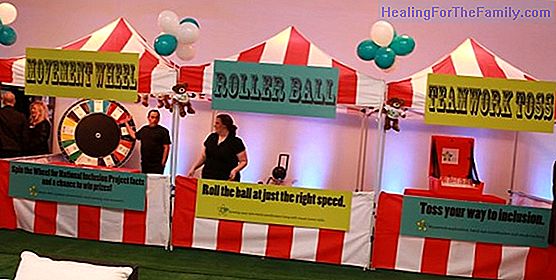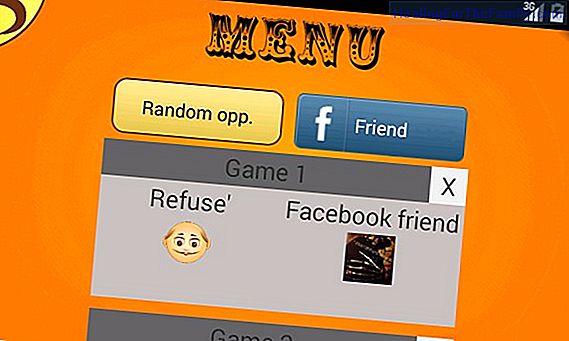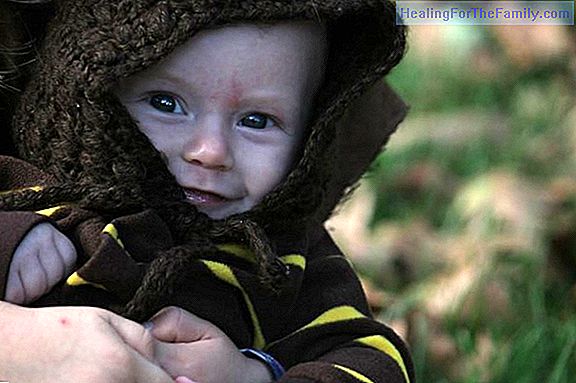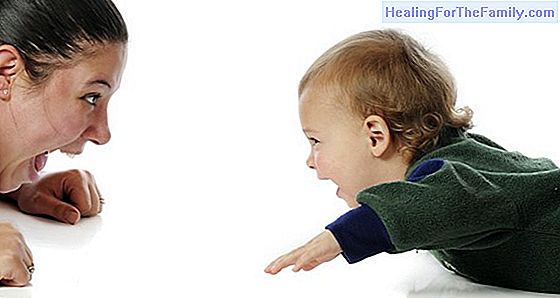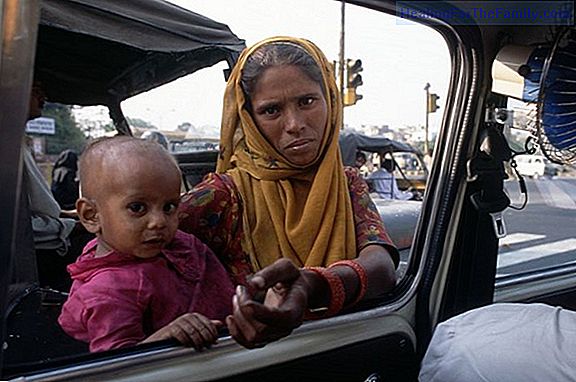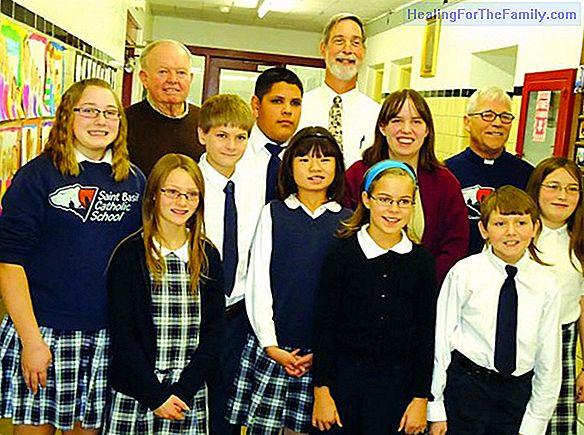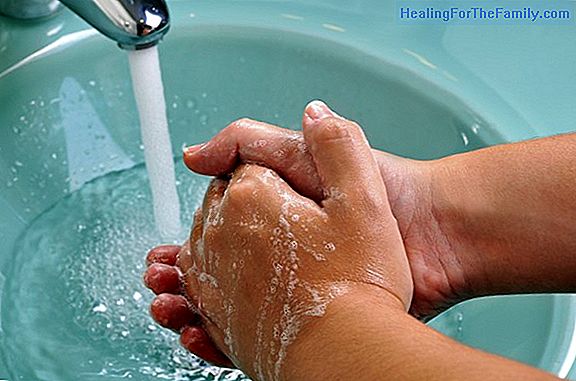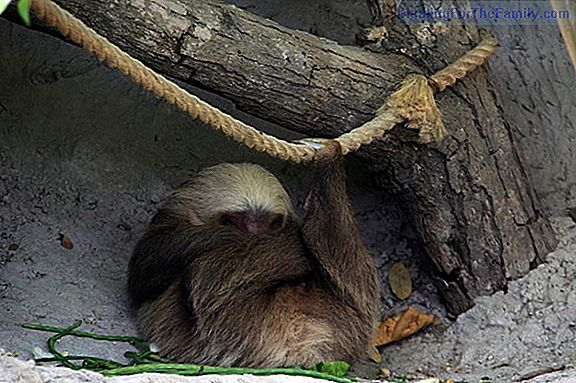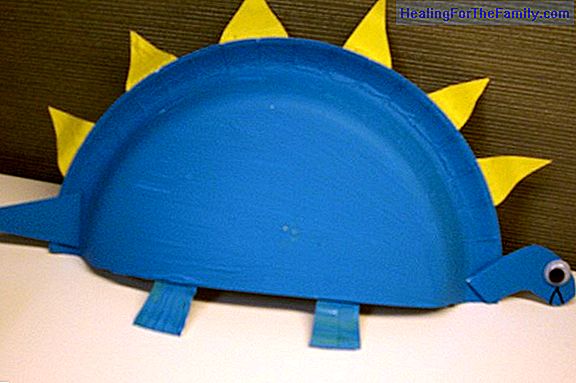How children acquire manual skills
During the first years, children's hands will be one of the most important parts, to be able to explore and above all interact with the world around them. There are many activities and functions that will have hands. Some simpler ones, like just pushing something. Or much more complex and complicate
During the first years, children's hands will be one of the most important parts, to be able to explore and above all interact with the world around them. There are many activities and functions that will have hands. Some simpler ones, like just pushing something. Or much more complex and complicated tasks for the child.
The hands and fine motor skills of children
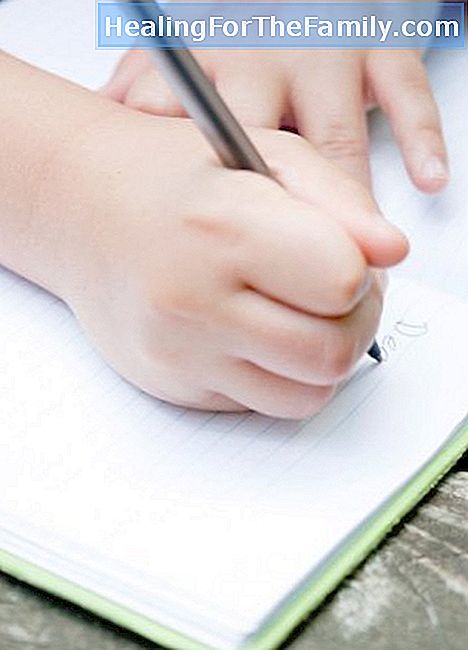
To perform the most complex tasks, the brain, must agree with the hands. To be able to measure each action with a precision of millimeters. Calculate the depth. Something that seems simple to us astying our laces is a very complex task for the brain. In fact, for example, the first robot that is capable of tying the laces was presented in 2013, and is the only activity capable of doing. What indicates the complexity of the movements.
During the first years of life, the child observes, and through observation, let's say that it is calibrating the brain, to get the best skill, in the most important organs to relate to others. Hands. Today, what we are going to do is give you a couple of activities, with which the child can strengthen and accelerate the development process.
When we talk about fine motor skills. We can define the learning in 3 ways that work together:
1. Test and error: At first, the child finds it difficult to touch to touch anything. It will be trying, seeing when it is wrong, seeing when it hits. And trying to improve the approach. The same, as it evolves with more precise movements. It will start with more awkward and simple movements, like simply trying to pick up a toy. Until you get to place pieces with precision, put a rope through holes, each time smaller ...
2. Observation: Children, not only learn with their own exercises. But one of the pillars of their learning is the observation of everything that surrounds them. In fact, when they see us doing it to us. Your brain, is storing information to get the best. Therefore, it is important that we are the best example.
3. Perseverance. One question that you have surely asked yourself is: But is not it boring? If you have been doing the same for hours. We must always put ourselves in the situation of the child. Their experiences are very, very limited. He has almost no memories. Something that seems monotonous to us like putting one piece on top of another. For them, it is the most complicated and complex challenge. We could resemble it when we learn to play the piano. And we practice again and again. And when we finally play a part well, joy takes over us. The same happens to children, when they are in the middle of learning.


